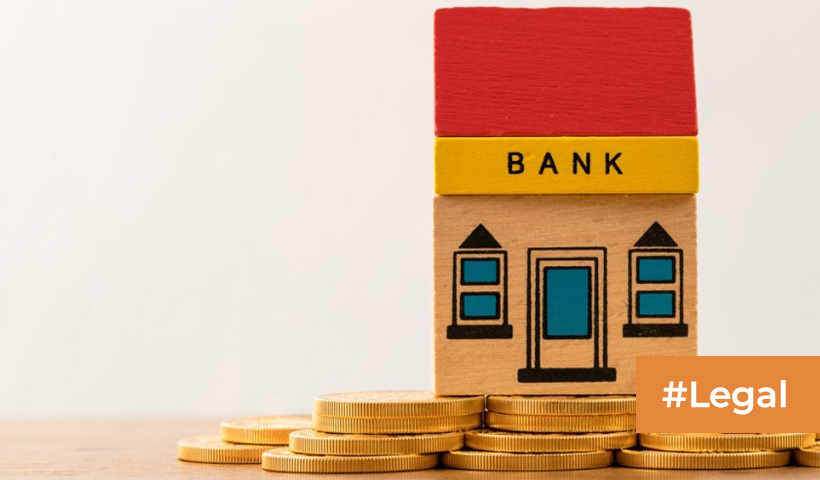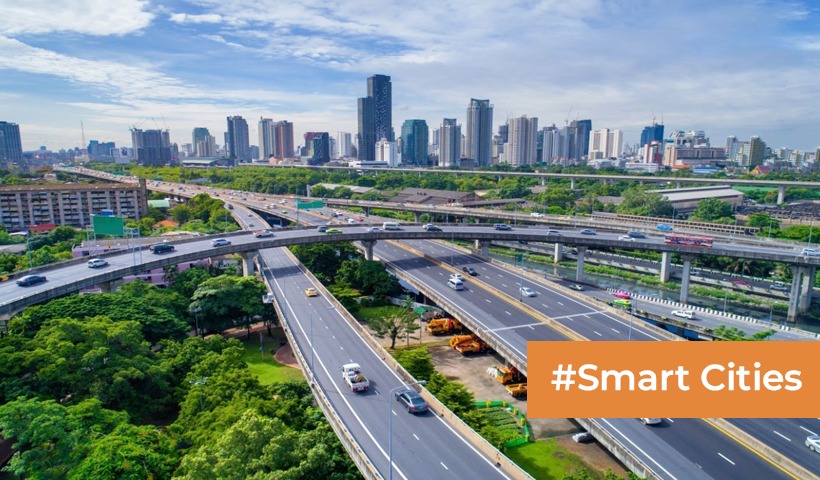How Hotter Cities Shape Urban Real Estate Dynamics?
Cities all across the world are seeing rising temperatures and more heatwaves as the consequences of climate change become more and more obvious. Urban real estate and its occupants face serious issues as a result of this phenomenon. The effects of hotter cities are extensive, influencing everything from energy use and building design to occupant health and happiness.
The increasing need for cooling in homes and businesses is one of the main issues with hotter cities. To maintain comfortable inside conditions when temperatures rise, air conditioning and cooling systems are required. This increase in energy usage strains the electrical system and raises electricity prices. Due to the increasing carbon emissions linked to the generation of energy, it also creates environmental issues.
Urban real estate must adjust to the changing climate to handle these issues. Sustainable and energy-efficient practices must be included in building design and construction. To lessen the impact of the urban heat island effect, measures including using heat-reflective materials, better insulation, natural ventilation systems, and incorporating greenery and urban forests are all taken. Utilizing renewable energy sources like solar energy may also lessen the carbon footprint of buildings.
Urban residents’ health and well-being are also impacted by hotter cities. Heat waves may seriously harm people’s health, especially the elderly, young children, and anyone with pre-existing diseases. To safeguard the citizens’ health, preventative steps must be taken because heat-related diseases and heat stress are becoming more common. This involves offering public parks, green areas, and cooling centers that offer shade and relief from the sweltering heat. To lessen dependency on automobiles and exposure to heat, urban design should place a priority on the development of walkable neighborhoods and encourage active transportation.
Furthermore, property values and investment choices are impacted by hotter cities. Extremely hot areas may suffer a drop in property prices, especially if the infrastructure is not prepared to handle the difficulties brought on by higher temperatures. On the other hand, homes with environmentally friendly design elements, such as access to green spaces and energy-efficient construction, can become more in demand and fetch a higher price. Developers and investors in real estate need to think about the long-term effects of climate change and give priority to ventures that support resilient and sustainable development methods.
Finally, hotter cities pose serious problems for urban real estate and residents. Proactive steps and sustainable solutions are needed to address the rising cooling demand, energy consumption, health hazards, and possible effects on property values. The well-being of the populace, energy efficiency, and climatic resilience must be given top priority in building design and urban planning. To adopt adaptable methods that lessen the consequences of increasing temperatures and build sustainable, livable urban settings, governments, developers, and communities must work together. We can make sure that our cities are resilient and maintain a good standard of living for their residents in the face of a changing environment by tackling these issues head-on.
Disclaimer: The views expressed above are for informational purposes only based on industry reports and related news stories. PropertyPistol does not guarantee the accuracy, completeness, or reliability of the information and shall not be held responsible for any action taken based on the published information.




